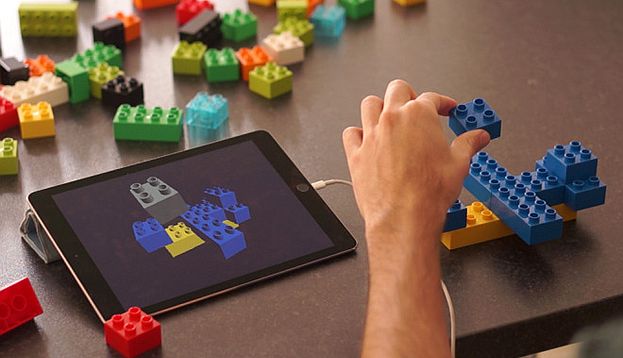Legos are great toys. They allow people with vivid imaginations to create whatever they desire, be it the Millennium Falcon from the Star Wars saga, a skyscraper, or maybe even something bigger, provided they have the time and effort to put it together. But what if you could turn your physical creation into something virtually spectacular Thanks to Lego X, you can.
Wired explained how the program works, coming from the same team that put together the Oculus Rift program Gravity Sketch, which allows people to draw in 3D through the magic of augmented reality. With Lego X, users are able to scan their Lego creations and thus create a virtual building, one that they can tweak to perfection using the program.
The bricks utilized with the program are read using a sensor and gyroscope, allowing the toys to interact wirelessly with one another so that scanning is accurate. As the bricks are put together, the rendering appears on the Lego X program on a tablet, in real time. Once the file is put in place digitally, it can be modified to remove the nubs from the bricks, thus creating a smooth surface – and a structure that can look more lifelike that anything that could be created out of Legos. Users can also add little things, like windows, corners and other additions to make their buildings even more lifelike.
The idea of building something really inspired the team. “Our understanding of tools and how they related to the material were transforming is something that dates back to almost stone ages,” said Oluwaseyi Sosanya, one of the designers behind Lego X. “That’s our dream vision for how it would be used.”
With such a tool, designers and creators can find a new outlet in which to build upon their dreams, and then improve upon them virtually for showcasing purposes – or to perhaps even create a resume that would be a big hit with would-be employers.
For now, the program is just in experimental phase, with no due date for production. Still, the team is onto something here, and hopefully Lego’s squad is paying attention and will put this to good use for the future. You can check out the scanning process in action here.

